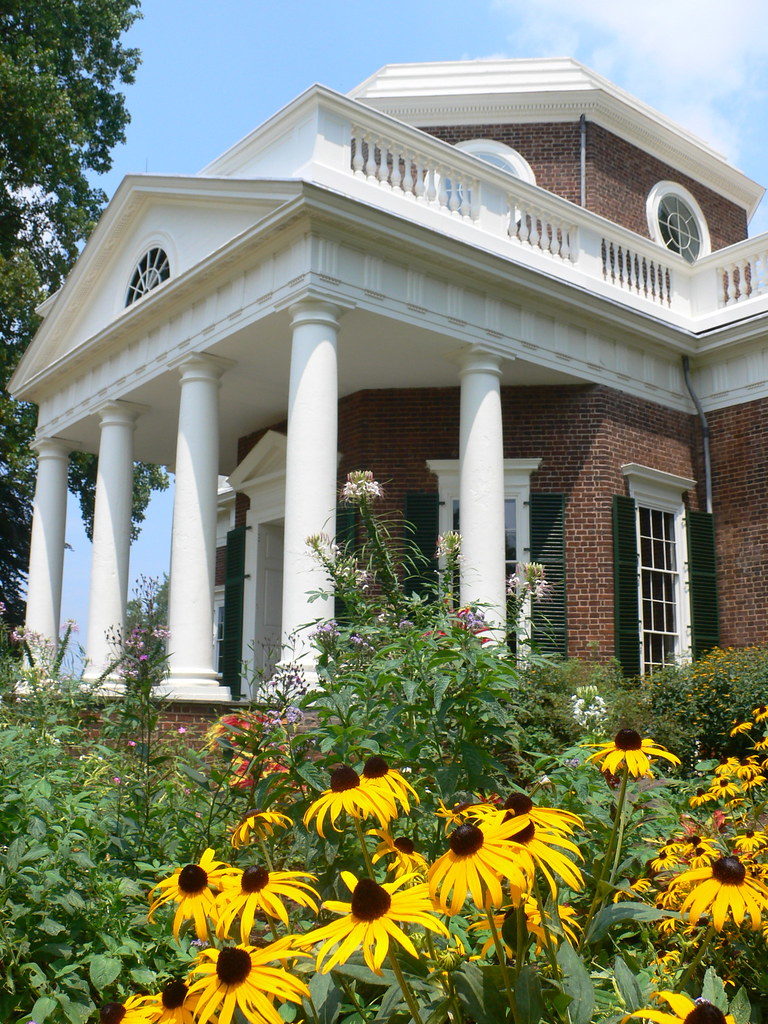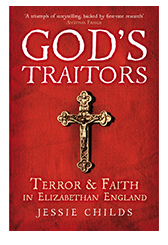This is one of the first DH projects that I’ve worked on. It shows Anna of Denmark’s official entry into Edinburgh.
Process:
I found a near contemporary map of Edinburgh and using a narrative account of her entry, plotted each point on the map and have included what pageants happened at each site as well as historical engravings or photos of the landmarks of Edinburgh.
Firstly, I found the 1582 map of Edinburgh on the National Library of Scotland’s webpage. It said that the map itself was free to use for academic purposes, but it was provided in a much smaller format. Geoff was able to find a high quality version of the same map and piece it together to be used in a “zoomify” project, where it can, well, be “zoomed” into to see smaller details in great clarity. Once it was zipped together like a digital jigsaw puzzle, I worked to figure out where each of the places mentioned in the Danish account of the Entry were located. To do that, I consulted Google Maps for some, my own knowledge for others, as well as a fantastic historic map collection (of JUST Edinburgh!) put together by Christopher Fleet and Daniel MacCannell and published in association with the National Library of Scotland. The narrative account is contained in David Stevenson’s Scotland’s Last Royal Wedding, with an English translation by Peter Graves. All quotes, unless otherwise noted, as from Scotland’s Last Royal Wedding.
After reading through the narrative account and finding any specific places mentioned by name, and plotting those on the map, I had to figure out a logical path to find all of the other places that were not mentioned by name. I think I have done so accurately, but the stylized nature of the map makes pinpoint accuracy difficult. I’m sure there were many more “side streets” in the Edinburgh of 1590 than pictured in the map, just as there are many little alleyways today.
Once I established a credible path for Anna’s entry to follow, I set about finding images to go along with each place. I tried to include both contemporary or near-contemporary images of how the building or feature would have looked in Anna’s time as well as modern photographs (especially the gorgeous view from the inside of St. Giles!). After that, I tried to re-write some of the pageants and to describe them simply so that one could follow along easily and enjoy imagining some of the splendor of Anna’s entry. Sometimes, I found that I could not do the original text justice and left the quotes, but others I found I could put my own rhetorical spin on and re-wrote. This is, of course, not complete as the narrative account does contain the text of the speeches and pageants, but instead of including the lengthy prose I wanted to impart more of the visual aspects of Anna’s journey, rather than the textual.
The reason that I chose this particular project to craft is two-fold. One, is honestly I’ve just been wanting to do this for a long time and finally found the software that I could do it with. I’ve worked with Anna for years now and have been itching to do more work with her in the last year. Secondly is more of a scholarly reason: Entries seem to be rather understudied. I am building for myself a scholarly toolkit of historian’s tools but also literary analysis and theatrical analysis and Entries are perfect blends of all three. Entries are important introductions into not only how royals wanted to represent themselves to their people (self-fashioning), but also the expectations that the people had for their new king or queen. It was their first chance to see their new king or queen, resplendent in their finery. It was meant as a way to both flatter and educate the king or queen, and so can give a little insight into who that king or queen was as a person and how they were perceived by others. For Anna, much was made of her royal lineage and how powerful and noble Denmark was. The people of Edinburgh, in their speeches, asked Anna to be good, kind, virtuous, and to bear James many children. They also asked her to love Edinburgh and Scotland, even though it was not as rich or powerful as Copenhagen or Denmark. They also wanted her to love James, because he was also just and wise. This shows not only the love that they hoped that Anna would bestow upon them, but the love they had of their own city and kingdom. They felt Scotland a worthy match for Anna, just one that is a little rough around the edges.
Without further ado, Anna’s Entry into Edinburgh, 1590:
StoryMapJS of Anna’s Entry



